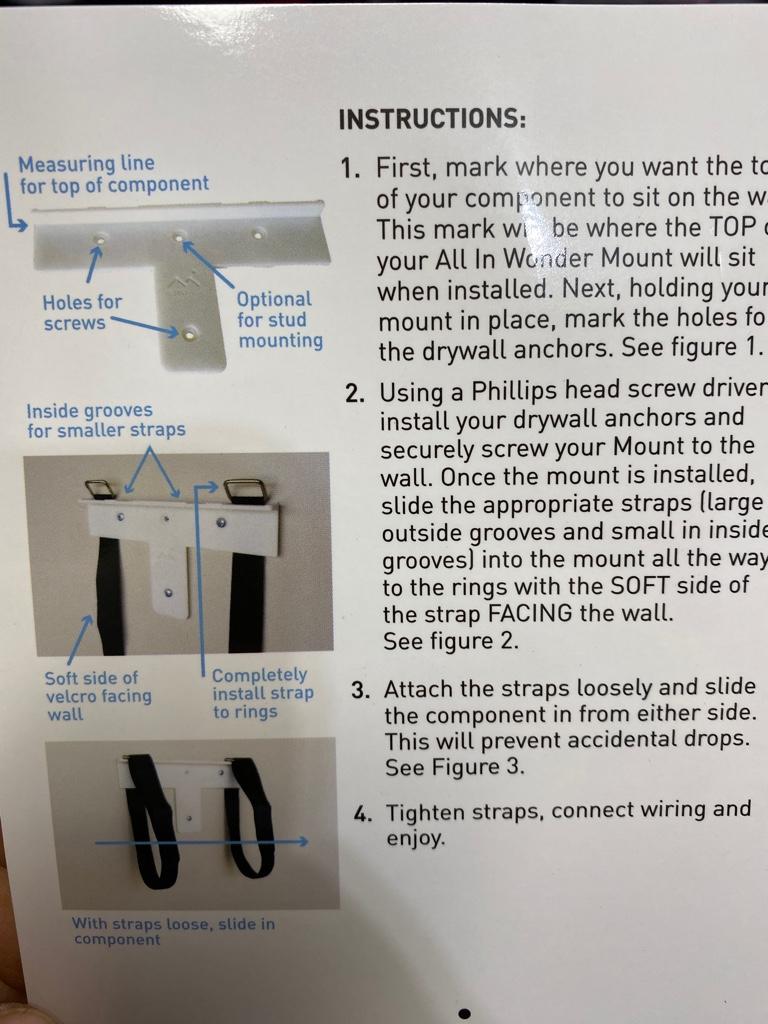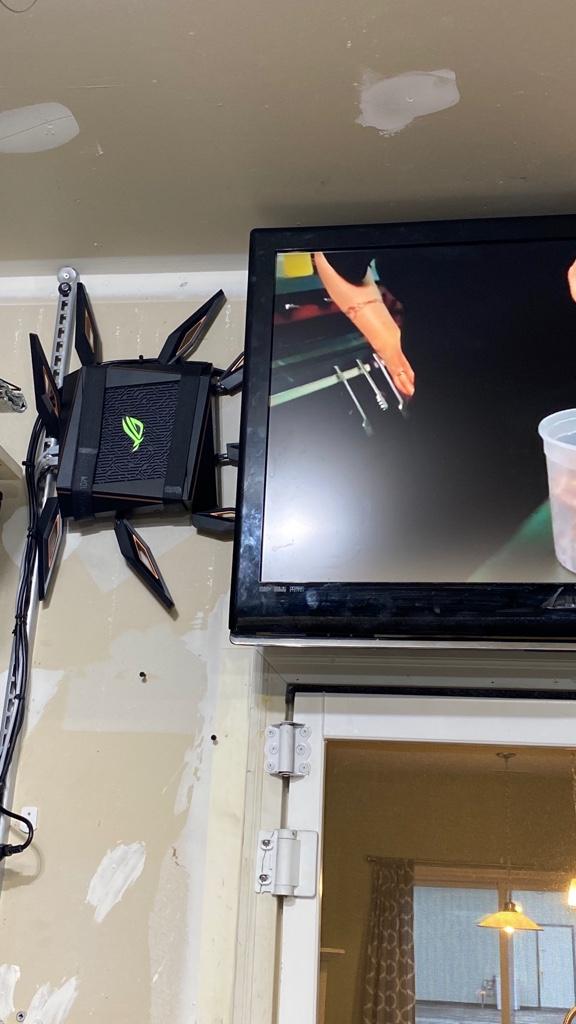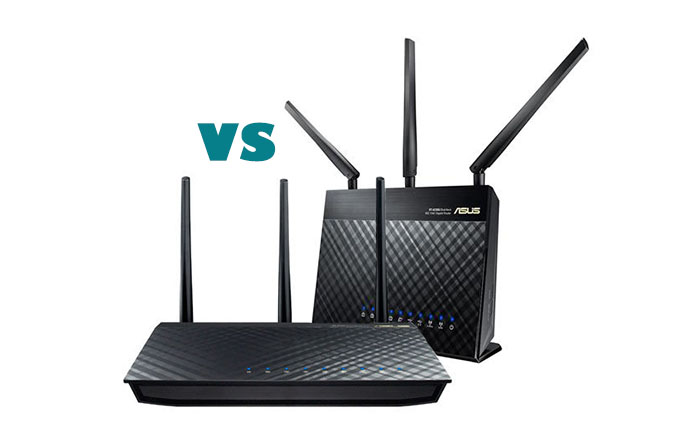issom beituni
Occasional Visitor
So wanted to share on how I mounted my AX11000
Found this mount on amazon for a few bucks


Sent from my iPhone using Tapatalk
Found this mount on amazon for a few bucks


Sent from my iPhone using Tapatalk


